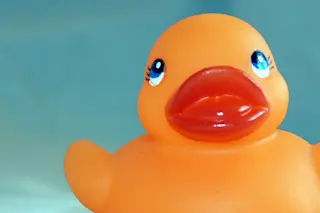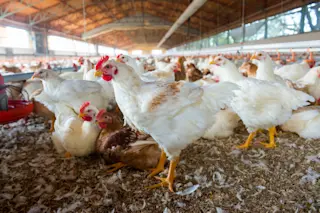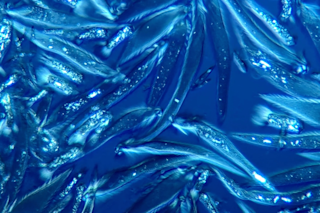If you're a parent, you know that kids' bath toys can get pretty gross, especially the ones with a small hole that allows water to get in and never come out. Well, these scientists were inspired by that observation to actually figure out what's inside that gross black moldy residue. To do this, they collected "19 real bath toys (e.g., rubber ducks) from five different Swiss households" (in the acknowledgements, they thank the children "for the generous donation of their beloved bath toys"). They then proceeded to "dissect" the toys in half and use a variety of methods to characterize the gunk growing inside. Unsurprisingly, they found fungi (mold), as well as "dense biofilms with complex bacterial and fungal communities."
Check out Figure 1 below for all the gory details... if you dare!
Ugly ducklings—the dark side of plastic materials in contact with potable water
"Bath toys pose an interesting ...














